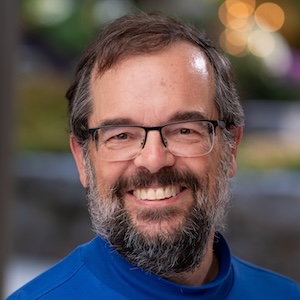Friendly advice for your history conference panel
As summer ends, the fall academic conference season begins. This time of year I find myself writing the same email to panelists for whom I’ve been assigned to serve as chair and/or discussant at the History of Education Society meeting in November. So this year I’ll also share it as a blog post to make the process more transparent, and encourage others to comment and share their own approach or advice, which may differ from mine.
Dear panelists,
Looking forward to serving as chair and discussant on your HES panel in November. We’ll proceed in the order listed on the program unless your group tells me otherwise.
Some friendly advice:
1) Although the program chair instructed you to send me your writing by the beginning of October, feel free to extend that date to October 15th, because I won’t be looking at your writing until then. But this extension is a hard deadline, and panelists who miss it will not receive any prepared feedback from me.
2) Please send your writing to the entire panel to share your thinking, spark ideas, and promote discussion.
3) In addition, send us a 2-sentence bio, and more importantly, the context and trajectory of your writing, to help us understand how it fits into your academic plans. Do you envision this as part of a dissertation chapter, and/or journal article, and/or book project? Is it brand-new or near completion? Knowing this ahead of time helps me to frame my comments, which I usually gear toward helping panelists bring their work to the next step.
4) Everyone has their own style, but I support this recent email from program chair Jackie Blount: “It is better to prepare a talk than to read a paper verbatim.” So feel free to share your thinking about how you plan to do this. For example, it’s perfectly acceptable to send us a 25-page essay, with a note stating that you’ll prepare a talk about pages 1-4 and 10-15. Similarly, it’s also acceptable to send us an essay and presentation slides that outline your talk about that essay.
5) Aim to deliver your talk in less than the allotted time. Everyone loves a concise and focused presentation. And everyone feels embarrassed when a speaker who runs over needs to be interrupted by the chair, so let’s prevent that from happening. [The HES program chair states that sessions with 4 papers, allow no more than 10 minutes each; 3 papers, allow no more than 15 minutes each.]
6) Whether or not you choose to present digital slides or materials depends on your judgment about the best way to deliver your talk, which varies with content, setting, and personal preference. I’ve seen both wonderful and dreadful presentations, both with and without slides. But if you plan to use a projector [which HES is providing in selected rooms this year], then set up your laptop and connecting cables in advance, and coordinate with other panelists to share equipment and avoid time swapping out hardware. Furthermore, if you present digital slides, consider hosting them on the web (perhaps with Dropbox or Google Drive) and insert a short link or Twitter handle on the first slide, so that audience members (or people who could not attend) may download them later. Years ago I shifted from PowerPoint to Google Slides to make this process even easier.
Let me know if you have any questions.
Jack
